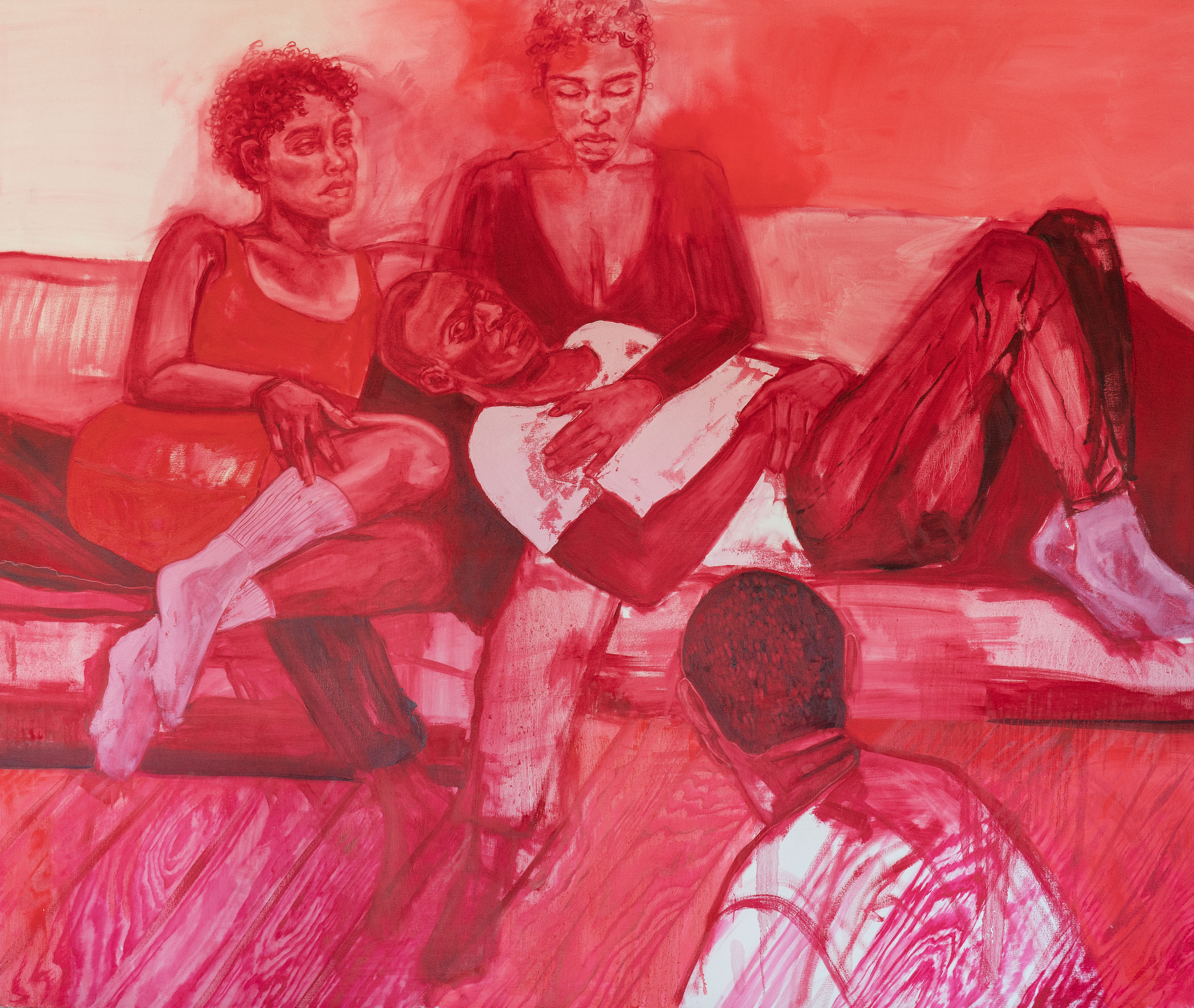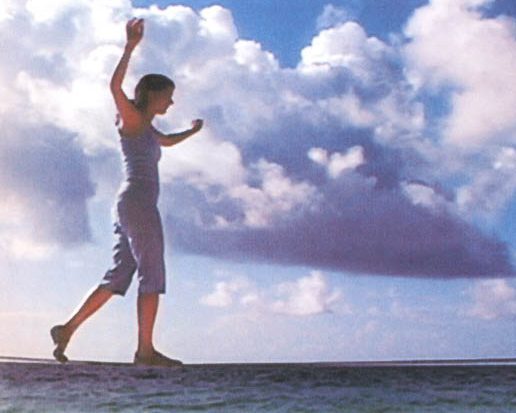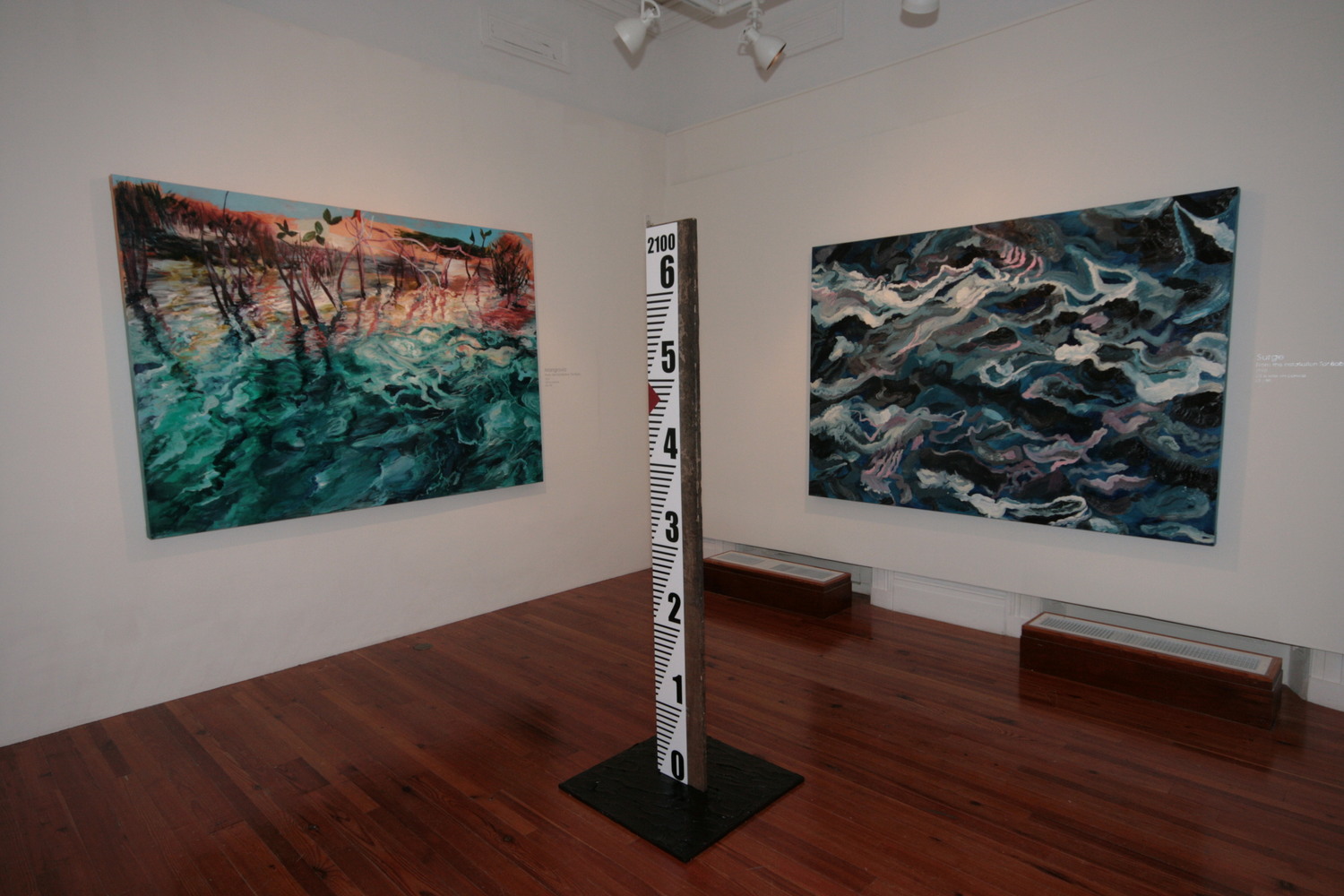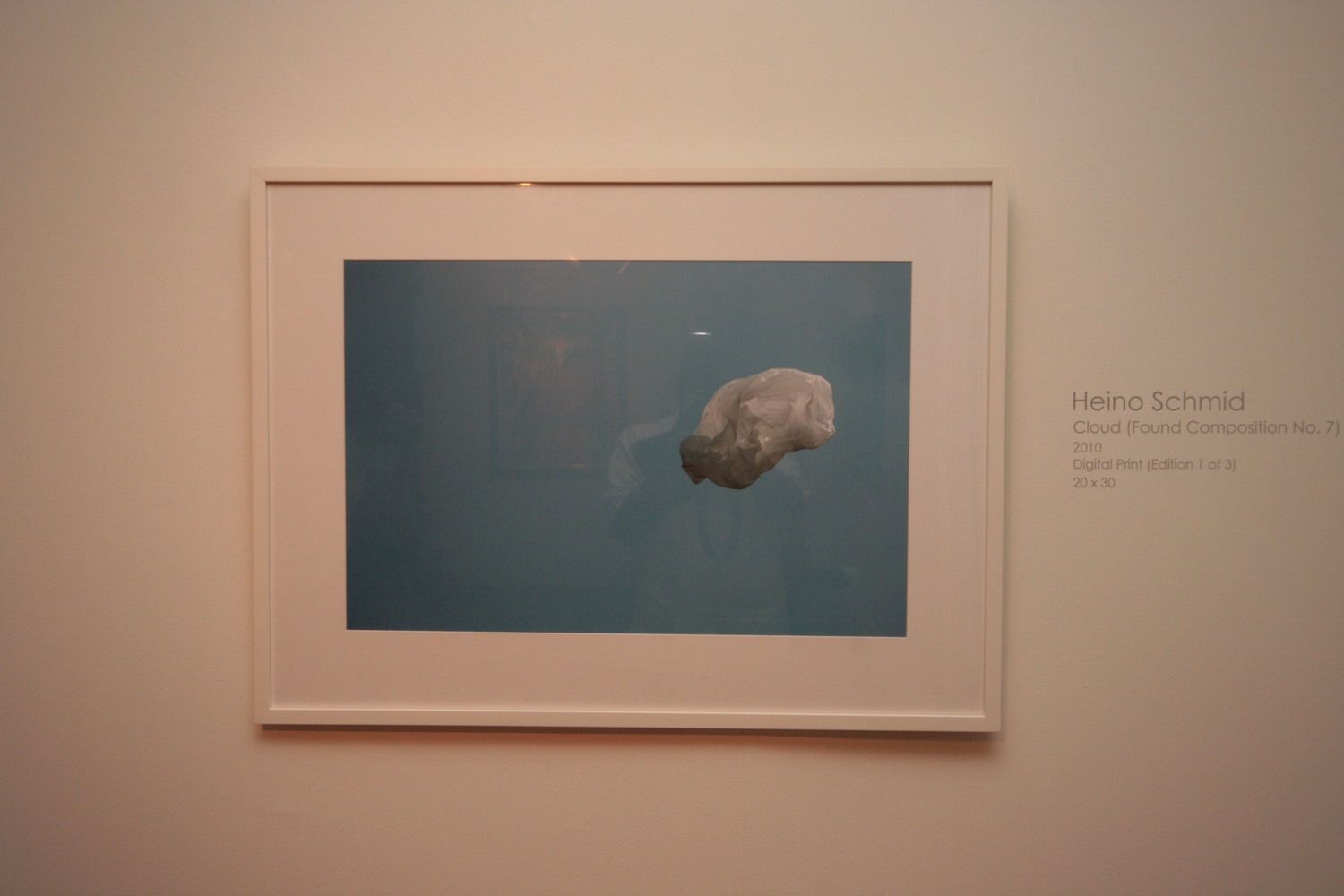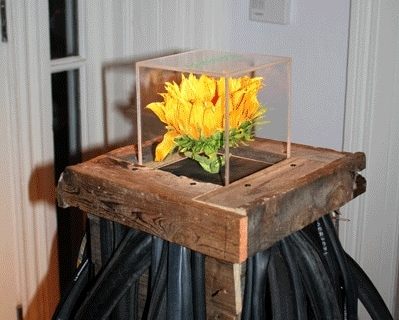National Exhibition 5
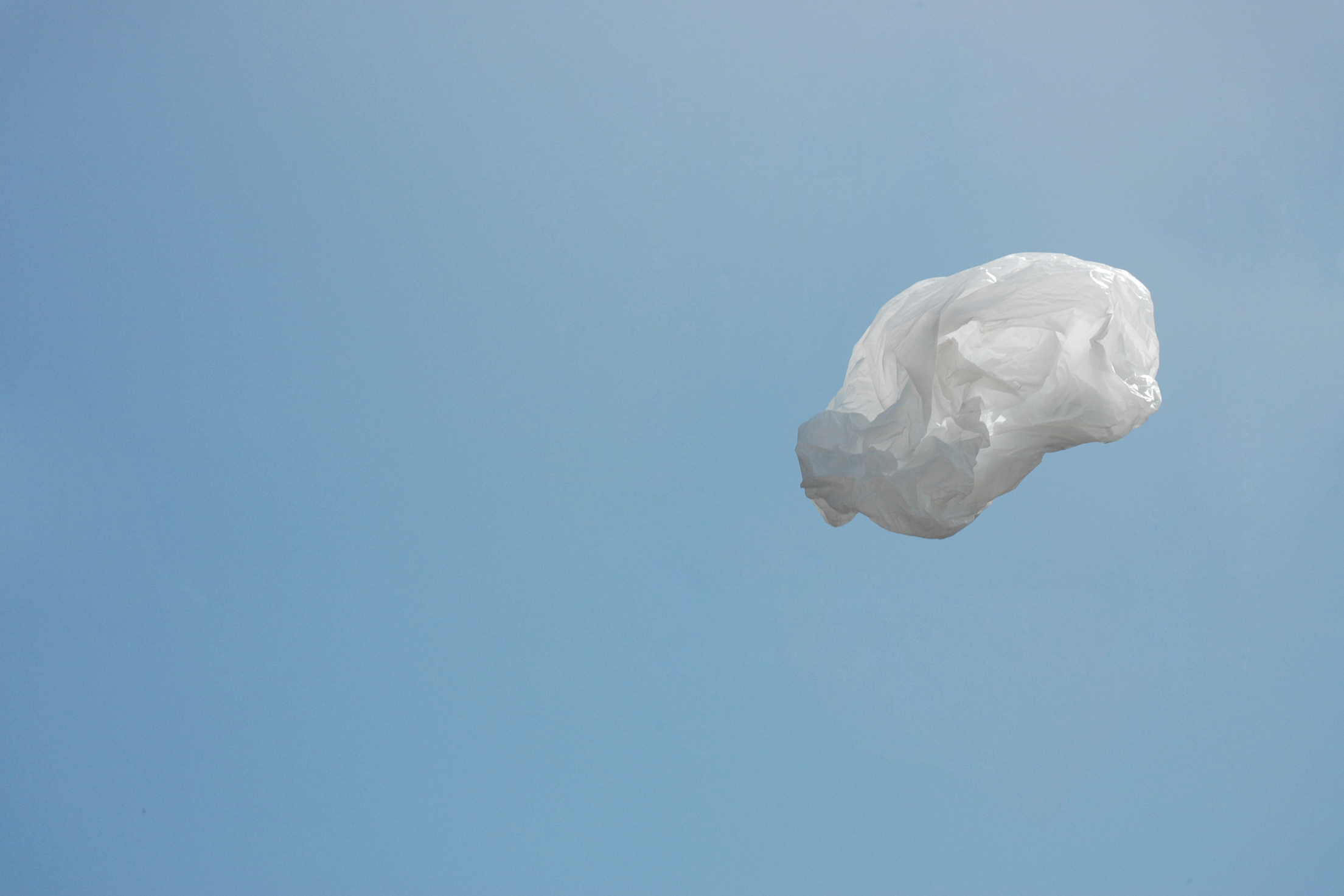
Dates
3 September 2010–31 January 2011
Location
NAGB
Series
National Exhibition
“In the past, artists were invited to submit three pieces from their portfolio that had been produced in the past two years. This time they were asked to produce one piece in response to the theme with the objective of raising a social consciousness within our community,” David A. Bailey, Acting Director of NAGB during 2010 says, “It is the intention of NAGB to explore this area from an artist’s perspective seeing how they use their own unique artistic tools and vision to produce works that look at areas such as urbanisation, mobility (cars, planes, boats, etc.), domesticity, personal space, landscape, industrialisation, natural earth elements, fabricated non-natural elements, etc. that relate to carbon footprint and climate change.”
Because of a series of global climate crises, the National Art Gallery of The Bahamas resolved that for the first time in the [museum’s] existence, its Fifth National Exhibition (also known as “NE5”) would be a themed exhibition exploring ideas and narratives on issues relating to the 21st century global question of our carbon footprint and climate change. Professional artists of The Bahamas, residing here and abroad, were invited to create work which responded to the theme “The Carbon Footprint: Bahamian Artists’ 21st Century Response to the Environment.”
In keeping with the idea of reducing the museum’s own carbon footprint, NAGB chose to forego commercially printing and mailing its invitations to the opening reception, but opted for the paperless route and digitally emailed invitations to its guest list.
Further to this, in another innovative move, the museum also decided to not produce a printed catalogue as in years past, but instead created a “digital” catalogue in the form of a specially designed and produced jump drive which features images of all the artwork, video interviews, and information on the participating artists. The NE5 digital catalogue will be available for purchase in the museum store.
Additionally, Holly A. Parotti, Curator of the NE5, and Assistant Curator, Jackson Petit, researched films that were included in the submission process to motivate those interested in submitting work and also to support a more cohesive conversation in the community.
Attendance to these films was compulsory but in no way meant to dictate how the artist would interpret or react to the theme. The two films, Remembering Saro-Wiwa and Home, were profound and exceptionally moving.
Remembering Saro-Wiwa is a monument to the activist Ken Saro-Wiwa who was executed because of his campaign against the annihilation caused by the depletion and rape of the Niger Delta by certain oil companies. Yann Arthus-Bertrand’s Home was also presented because of its beautiful aerial cinematography that documented the threat humanity imposes on the planet.
With NAGB’s vision to further catapult Bahamian art into the international arena, the Gallery invited two world renowned artists, Janine Antoni and Alfredo Jaar, along with Director of Gasworks UK, Alessio Antoniolli, to be a part of the jury that judged the submissions. By doing this, NAGB has opened the conversation to the international contemporary art platform.
This was not an easy challenge but at NAGB, we feel that with difficult and complex times, it is important that artists are given the opportunity to respond,” said David Bailey.

Artists
John Beadle
Sue Bennett-Williams
DeDe Brown
Apryl Burrows
John Cox
Blue Curry
Claudette Dean
Jan Elliott
Kendra Frorup
Jenny Guy & Michael Guy
John B. Gynell
Ken Heslop
Kristaan Ingraham
Susan Moir-Mackay
Kishan Munroe
Lavar Munroe
Lynn Parotti
Dylan Rapillard
Heino Schmid
K Smith
Alisa Streather
Natasha Turnquest
Eleanor Mae Whitely
In the news
“The artists of the National Art Gallery of The Bahamas’ Fifth National Exhibition, through creative and unique vision, have begun a united exchange about the human impression that is left on the planet. The hope of this exhibition is to enlighten and open the eyes of the Bahamian community so that we question our own impact environmentally and ecologically.”
—The Bahamas Weekly
Photos
In this series

